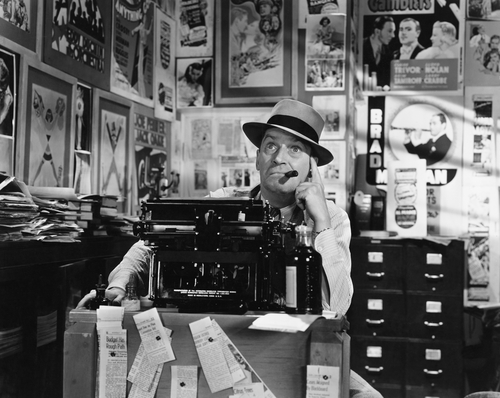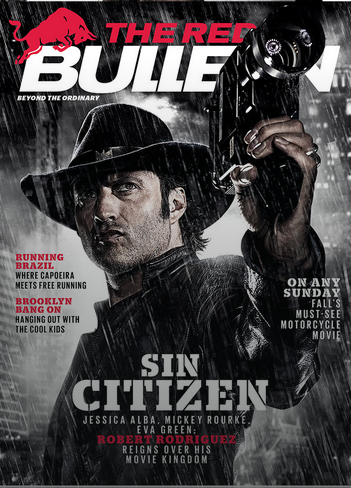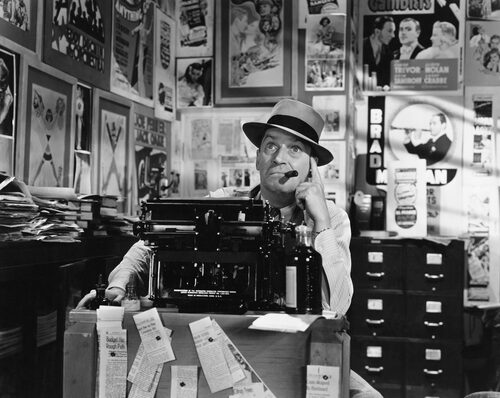
So … a marketer and a journalist walk into a bar.
That could either be the start to a joke meant for somewhere other than this blog, or the beginning of a definition of the term ‘brand journalism.’
Let’s go with the latter. You may have heard the phrase ‘brand journalism’ tossed around, but what does it mean to marketers?
A simple definition of a brand journalist is this: A marketer and a journalist. They can walk into a bar or walk where ever they want. The point is that they walk in the same shoes, as the same persona with the same mission: Telling and sharing great stories. Brand journalists are essentially marketers who approach the promotion of their brand with the eyes, insight and delivery of a reporter.
If that definition doesn’t work for you, I also particularly like this one that Ann Handley gave to our CEO Lee Odden in an interview about Ann’s new Book, Everybody Writes. Here’s a snippet from their discussion:
LEE: What is brand journalism and when does it make sense for a business to include that approach with their content marketing and communications?
ANN: Some companies are looking toward traditional journalism to fill the gaping content maw; they are hiring those trained in J-school tactics, such as reporting and storytelling, as in-house brand journalists. A brand journalist or corporate reporter works inside the company, writing and producing videos, blog posts, photos, webinars, charts, graphs, e-books, podcasts, and other information that delivers value to your market.
In short, brand journalists bring a reporter’s sensibility to your content—an editorial approach to building a brand.
PR Daily does a great job of summing up what it takes to be a brand journalist, including the definition “A brand journalist is a strategic storyteller who discovers and creates news content on behalf of a brand.”
U.K. journalist Andy Bull’s definition of brand journalism also sums it up really well: “…organisations can employ journalists and/or journalistic techniques to create compelling content — content that uses all the skills and techniques of traditional journalism to craft a memorable story, and present information that a particular audience needs, wants, values or is entertained by.”
Even detractors — primarily those who live along the wall between Church and State at news organizations — have defined brand journalism in their own terms. David Holmes in pandodaily has gone so far as to describe brand journalists as “slimy.” Even if the quote, “a journalist could now mean anything from Woodward and Bernstein to a kid who makes GIFs for Buzzfeed’s social channels” is kind of funny, brand journalism is hardly “slimy” by any means.

Within journalism organizations, the wall between Church and State that separates news and advertorial content still exists — and rightfully so. Within your organization, however, journalistic techniques can be used to tell the best brand stories.
Perhaps one of the most popular examples of brand journalism recent time is Red Bull’s The Red Bulletin magazine. In both print and online formats, the magazine tells stories of celebrities and action sports athletes, as well as carries fashion and lifestyle content. With little mention to no mention of Red Bull products, the magazine holds it’s own among publications aimed at Red Bull’s young, male demographic.

The Red Bulletin magazine
While the Red Bull example is often used to demonstrate a great way to incorporate brand journalism into consumer marketing, b2b marketers are making use of the technique as well. For example, HSBC Global Connections content related to international business and finance. It is in HSBC’s best interest to get in front of high-level b2b consumers, and they are using current news from that category to do so.
In an era when self-educating buyers are scouring the internet for information before forming a buying decision, before even consulting your brand, how can you not get out in front to tell your brand’s story?
Take a look at your brand’s marketing content and ask yourself if it could be improved by approaching their content with the eyes, insight, and delivery of a journalist.
Photos: Shutterstock.



